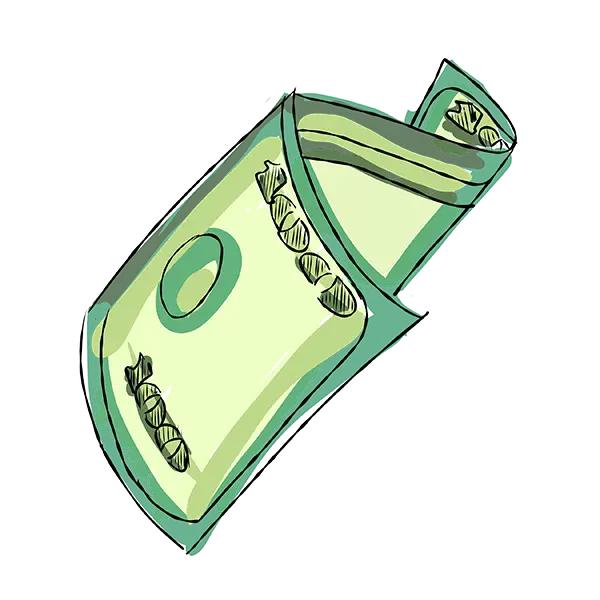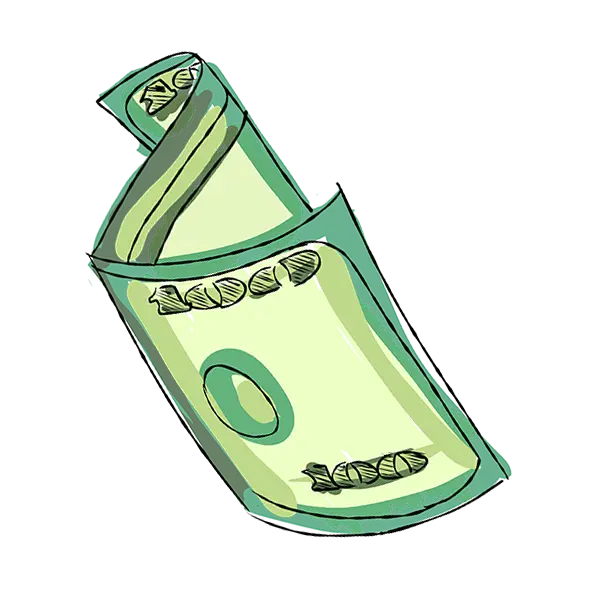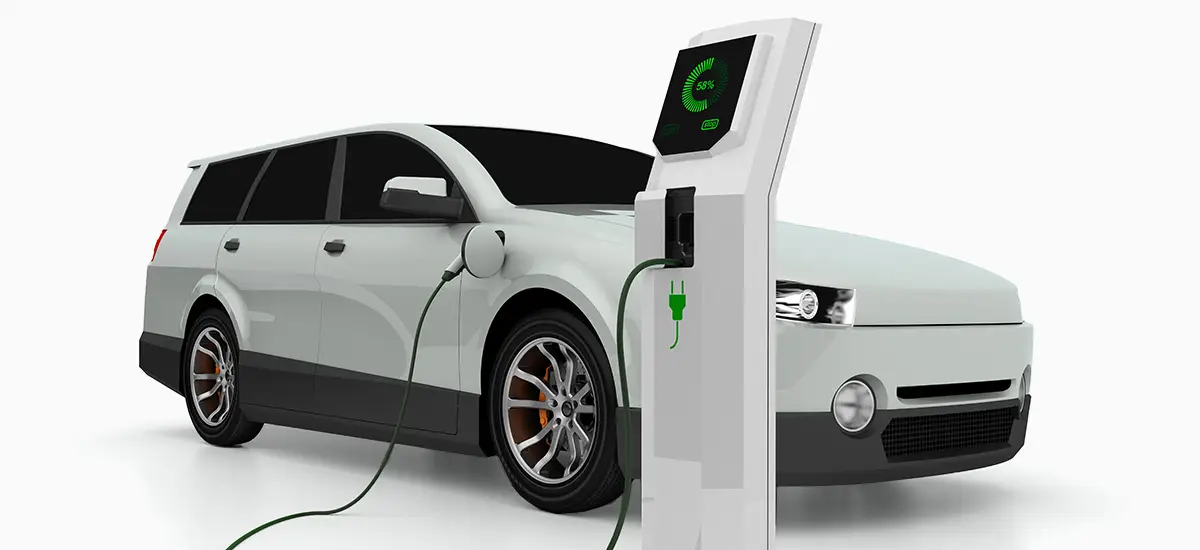
Your Energy. Your Money. Money back? Yes, please!
GettyImages
Yes, you’ll be helping the grid. Yes, you’ll be helping the planet. But you’ll also be helping yourself. So technically this isn’t a win-win. It’s a win-win-win. You’ll be able to appear amazingly altruistic while totally cleaning up.
Some might call it the Cash In on Saving Me Money Act. For the sake of this article — and because it’s the actual name — we’re going to call it the Inflation Reduction Act. And we’ll cover how you can score a boatload of tax credits and other perks for improving your home and your energy efficiency.

Yes, it’s part of a goal beyond your home. We, as a country, have pledged a nationwide 50% reduction in carbon emissions from 2005 levels by 2030. And yes, you’re allowed — encouraged even — to leverage these opportunities to save money in both the short term (tax credits) and the long term (energy cost savings). Let’s break down your opportunities to save money by using less energy.
Hooked on a sealing
We have to toss out a warning here. When you start seeing the results—and financial incentives—of many of these improvements, you’re going to want more. Sure, you start sealing a few ducts, which seems innocent enough. But ducts are what the experts refer to as a “Gateway Fix.” Next thing you know, you’re out trying to score deals on ENERGY STAR® certified appliances and telling strangers in line at the grocery store about the $50 instant discount you got on your new dehumidifier. It’s a slippery slope. That’s all we’re saying.

Let’s start with something simple. This one will be great year-round but is particularly rewarding around tax time. You could qualify for up to $3,200 annually in federal tax credits for different qualifying energy-saving upgrades. It’s the perfect way to shore up your home’s energy efficiency—with the added benefits of improving your comfort now and your home’s resale value down the road.
And that’s not the only tax-friendly efficiency opportunity. If you’ve been on the fence about replacing old heating and cooling equipment, here’s an excellent reason to get off that fence. You could earn up to $600 in tax credits for the following upgrades:
- Central air conditioner
- Gas, propane or oil heater, or water heater
- Gas or oil furnace
- Electrical system improvements, in conjunction with other measures
Earn tax credits for more energy-efficient:
- Windows
- Doors
- Insulation and air sealing
We call these improvements “Double Dip” savers. Yes, you can get your tax credits. You also — and this is the double part — save throughout the life of the improvement.

And keep this in your back pocket. If your A/C is a bit old, like it-could-have-its-own-drivers-license old, you may want to look at replacing your unit. In that case, an ENERGY STAR certified central air conditioner could lower your energy costs by $541 over the lifetime of the unit.
So, with the $600 in tax credits plus the $541 in lower energy costs, you could be sitting on $1,141 in savings. That could get you a zero-gravity shiatsu massage chair with Bluetooth, heating and a foot roller. Can your old air conditioner help you relax while gently shiatsu-ing your worries away? No. No, it cannot. Just keep that in mind.
Not sure where to start? We can help with that, too. BGE’s Home Performance with ENERGY STAR Program can help you find the right areas for home energy efficiency improvements and learn how to lower your energy costs by as much as 20%.
Buying an EV made EZ
You can earn up to $7,500 in tax credits by purchasing a new electric vehicle (EV). Are most new models out of your price range? Fear not. You can receive up to $4,000 for a used EV.

But wait. You can snag more savings while owning your new — or new to you — EV. For example, your maintenance costs will no longer include oil changes, spark plugs or muffler repairs. And those savings go beyond your taxes. You can save money while you sleep by charging your EV overnight at a lower rate.
Additionally, switching to an EV could net you more than $8,000 in fuel savings. That means your new EV could enable you to buy 4,232 slushies on the fuel savings alone. We picked slushies as a real-world example because you may still want to visit gas stations for the refreshments — and, because, slushies.

GettyImages
How to make hot water even steamier
Near the top of the list of things we rely on every day but rarely (OK, never, if we’re being honest) think about is the humble water heater. Squirreled away in a dark corner in the basement or a closet, these unsung heroes of household cleanliness deserve another look — especially if yours is old enough to start middle school.
Water heaters have come a long way in recent years, particularly in terms of technology and efficiency. In fact, ENERGY STAR certified heat pump water heaters are so efficient a typical household of four could save as much as $550 a year in electric costs compared to a traditional water heater.
And you could get up to $2,000 in tax credits.* But wait, there’s more. (Cue the sultry jazz music.) You can also snag up to $1,600 in rebates from BGE and EmPOWER Maryland when you buy a qualifying ENERGY STAR model. What this all boils down to is (no pun intended), replacing your old water heater with a super-efficient model more than pays for itself over its lifetime. How’s that for attractive?
As with the other opportunities noted above, you’re getting paid to save money. In short, making any of these energy efficiency improvements might just make you actually look forward to doing your taxes.
*Please contact a tax professional or certified public accountant to confirm details specific to your qualifications and eligibility.
Replacing your old water heater with a heat pump model could save you thousands. Really. We did the math.
**Sample pricing based on a standard 50-gallon heat pump water heater purchased from Product Advisor Plus at bgewaterheater.com.
††The Inflation Reduction Act’s federal tax credit covers 30% of your project cost, up to $2,000. The tax credit is calculated based on the project cost after the BGE rebate. Please contact a tax professional or certified public accountant to confirm details specific to your qualifications and eligibility.
†Savings based on a household of four compared to a standard electric water heater. Source: energystar.gov.
§One heat pump water heater rebate per customer address purchased after January 1, 2024. Rebate not to exceed total purchase price. Mail-in rebate is not valid if instant rebate has been received on the purchase of a qualifying unit through a participating distributor. Program is subject to change without notice.
